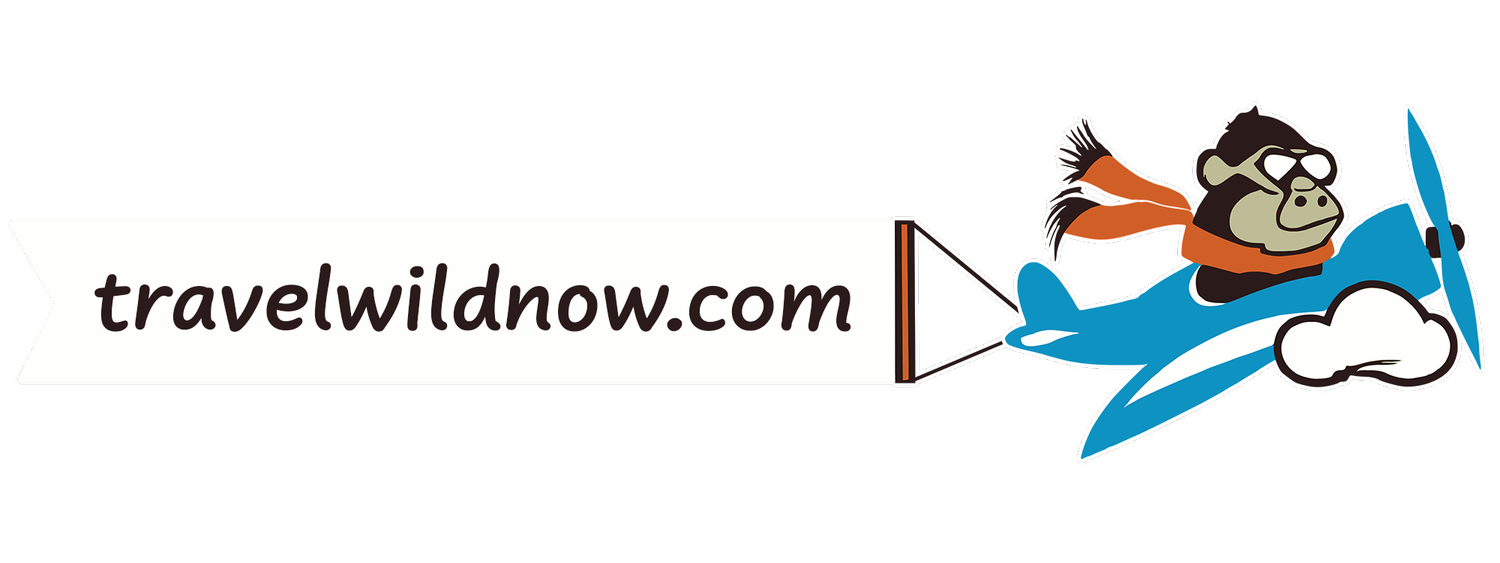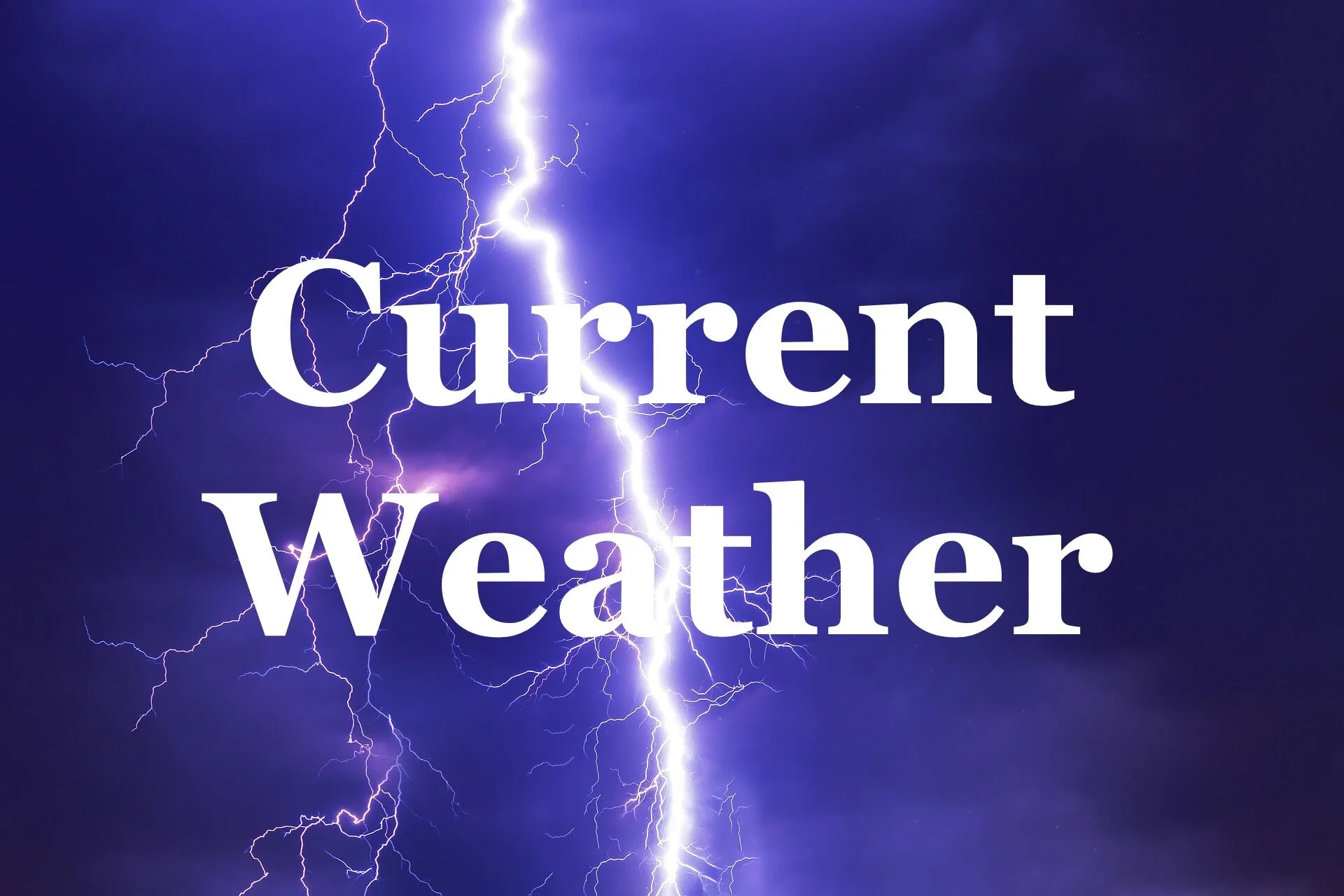
MOROCCO 9 days
This itinerary takes you to some of Morocco's most popular destinations, including the Hassan II Mosque in Casablanca, the Imperial city of Meknes, historic Fez, a camel ride in the Sahara Desert, Dades Valley, the Kasbahs of Morocco, and vibrant Marrakech.
The Kingdom of Morocco is located in North Africa and is known for its unique blend of Arab, Berber, French, and African influences. It has a rich cultural heritage and a history of independence that sets it apart from its neighboring countries.
While Morocco is rapidly modernizing and experiencing a rising standard of living, it still retains much of its ancient architecture and traditional customs.
Morocco is a popular destination for tourists because of its stunning mountain ranges, beautiful coastlines, historic cities, exotic culture, and the vast sand dunes of the Sahara Desert.
<Please note: The Photo Gallery can be found at the bottom of this page>Tips:
Morocco’s roads are mostly in good shape with clear signs. This lets you drive yourself instead of joining a tour, giving you more freedom. But driving in big cities like Fez and Marrakech can be hard for visitors.
Travelwildnow.com recommends hiring a personal driver/tour guide with your own car rental. The guide will be a true asset because of his knowledge of the country. The cost of a personal tour guide is not overly expensive and well worth not dealing with unexpected problems.
Visas are not required for visits lasting less than 90 days.
Most established shops will take credit card, but most smaller markets, street vendors, and cabs will not. Be ready with the local currency. ATMS can be hit or miss.
Travel Adapter is Type C or Type E.
Most mosques are off-limits to non-Muslims.
DAY 1
Arrive in Casablanca and transfer to your hotel.
Casablanca is the financial capital of Morocco, and some may say it lacks the traditional charms of cities like Marrakech. Nevertheless one “must see” attraction is the Hassan II Mosque.
The mosque is among the world’s largest. It holds up to 105,000 people and features 10,000 m² of zellige tilework.
Tours are available outside prayer times; check hours online. Tickets are sold at the museum.
Stroll around Old Town Casablanca and have dinner at the famous Rick's Cafe.
Overnight: Casablanca
DAY 2
Depart for the Imperial city of Meknes.
An impressive city in Spanish-Moorish style, surrounded by high walls with great doors, where the Islamic and European styles still exist today.
Tour the Gated Wall to the city, the Meknes Royal Palace and the Mausoleum of Moulay Ismail, where Moulay Ismail reigned for 55 years, making him the longest sultan of Morocco.
Royal Stables in Meknes - are an amazing site. This massive stable yard was constructed to comfortably house 12,000 royal horses. The ruins are a testament to the sultan’s love for his horses.
Next stop is the city of Fez.
Overnight: Fez, (2 nights)
Distance:
Casablanca ---> Meknes 3 hrs.
Meknes ---> Fez 1 hr.
DAY 3
Discover the Medina of Fez. A great place to walk around and take unique photos.
A medina is the old part of a town. It is typically walled, and contains narrow streets, fountains, palaces and mosques. —The Medina of Fez is one of the most extensive & best conserved historic towns of the Arab-Muslim world.
The Medina of Fez is huge with interesting sights and will consume most of the day.
Explore the narrow winding lanes, alleys, shops and spice sellers. The paths are lined with aromatic food stalls and people selling every handicraft and souvenir imaginable.
One of the most popular sites to visit in Fez are the famous tanneries. i.e. Chouara Tannery.
The leather goods produced in these tanneries are exported around the world.
In the evening enjoy a dinner at a Morocco Riad with music and belly dancers.
The Riad is the Moroccan traditional house, which has been restored to a restaurant or hotel.
Overnight: Fez
Camels are very strong, able to carry up to 400 kg, travel roughly 40 km a day and can drink down 113 liters (30 gallons) of water in 15 minutes.
DAY 4
Depart Fez to the Sahara Desert.
Today's journey is the longest driving day of the trip.
The route will take you through the scenic Middle Mountains, an area known for its beautiful cedar forests and breathtaking mountain scenery.
After driving through the mountains, you will arrive at the small village of Merzouga, which is located in the Sahara Desert and is often referred to as the gateway to the Sahara Desert Dunes.
The Sahara Desert is the hottest desert in the world and is famous for its expansive sand dunes that have been featured in many movies.
One of the most popular dune areas in the Sahara is Erg Chebbi, which is a large area of dunes that have been formed by wind-blown sand.
The GPS coordinates for Erg Chebbi are 31.1458° N, 3.9678° W
Overnight: Merzouga
Distance: Fez ---> Merzouga, 7.5 hrs. / 475 km.
DAY 5
Today’s highlights: a camel ride, 4x4 dune ride, visiting a Nomad village and walking through the Todra Gorge.
Catch the sunrise with an enjoyable camel ride into the Sahara Desert.
After breakfast, we recommend a thrilling tour with a 4x4 dune ride into the Sahara desert.
Afterward visit a Nomad village to learn about their daily lives. This impressive yet harsh lifestyle represents one of the most interesting and extraordinary aspects of Morocco.
The camel ride, the 4x4 dune ride and the Nomad visit can be arranged by your hotel or guide.
In the afternoon depart to the Todra Gorge, one of Morocco’s top attractions. It’s located near the town of Tinghir.
Todra Gorge is a series of limestone river canyons. The wadi gorge looks almost prehistoric with the canyon walls reaching over 400 meters in height (higher than the Empire State Building in New York). The riverbed is dry, allowing visitors to walk through the landscape most of the year.
<MAP>
<DIRECTIONS> The Todra Gorge:
A well-maintained asphalt road leads up the valley from Tinghir to the gorge.
A concrete road continues up the valley, past the hotels at the mouth of the gorge all the way to the villages.
Take R703 off N10 from Tinghir. Travel on R703 approximately. 15 minutes / 10 miles.
GPS coordinate: 31°35'17.0"N 5°35'25.2"W
Distance: Merzouga ---> Tinghir, 3 hrs.
DAY 6
Depart Tinghir.
Explore Dades Valley, another series of rugged wadi gorges carved out by the Dadès River. (A wadi is defined as a valley, ravine, or channel that is dry except in the rainy season)
Dades Valley - stretches for 25 km. You can stop at the oasis along the river or continue driving to the famous zig-zagging section of the road, where several TV commercials have been filmed.
Getting there <map>: Take R704 off N10 south from Tinghir.
Travel Details: The small town of Boulmane Dades is the main gateway to the Dadès Gorge. It's located:
About 90 km southwest of Tinghir — 1 hour’s drive via the N10.
Around 120 km northeast of Ouarzazate — 2 hours by car on the N10.
Best Time to Visit:
Late spring or early summer is ideal. That’s when the valley is at its greenest, following the seasonal winter floods.* * * * * * * * * * * * *
In the afternoon, continue to Quarzazate.
Ouarzazate is a popular tourist destination in Morocco that is known for its beautiful landscapes and as a starting point for excursions into the desert. It is also a noted international film-making location, with Morocco's biggest movie studios located here.
Visitors to Ouarzazate can explore the local marketplace in this welcoming and peaceful town. The marketplace is a great place to discover the local culture and to shop for traditional Moroccan crafts and souvenirs.
Tour the Kasbah Taourirt. It is a citadel with almost 300 rooms and a maze of passageways.
Kasbah in Morocco means fortress behind a defensive wall. A Kasbah was a place for the local leader to live and was used as a defense when a city was under attack.
Overnight: Quarzazate, We recommend LeBerbere Palace.
Distance:
Tinghir ---> Dades Valley, 50 minutes.
Dades Valley ---> Quarzazate, 2 hrs.
DAY 7
Depart Quarzazate. Your next stop is the Ait Ben Haddou Kasbah, 30 km west of Quarzazate.
One of the most extraordinary Kasbahs in Morocco. This giant fortification is made up of six (6) kasbahs and nearly fifty (50) ksours (individual kasbahs).
Continue to Marrakech (arrive in mid- afternoon), driving through the High Atlas Mountains (2133 meters) along winding breathtaking mountain roads.
In the evening wander through the famous Djemaa el Fna Square, one of the liveliest evening spots in Morocco. You will find snake charmers to dressed up monkeys for entertainment.
Overnight: Marrakech-we recommend the Riad Adore.
Distance: Ouarzazate ---> Marrakech, 4 hrs.
DAY 8
A fun-filled day exploring Marrakech.
Marrakech is known as the city of luxury, with its famous palaces, luxury spas and hammams (similar to a Turkish bath), charming raids and 5-star restaurants.
Visit the Marrakech medina and the markets.
Herb shopping - you can shop for a variety of herbs used for culinary, spiritual and medicinal purposes.
Stroll the famous Djemaa el Fna Square considered “the heart of the city”.
Djemaa el-Fna is the heart of Marrakech, alive with tradition and spectacle. By day, the square hosts snake charmers, herbalists, and tooth-pullers. But as dusk falls, it transforms into a vibrant carnival of storytellers, musicians, and performers. Locals and visitors gather in the crowd or watch from rooftop cafés like the Grand Balcon, taking in the magic that defines Morocco’s cultural soul.
Take in your last night in Morocco at a Riad dinner.
Overnight: Marrakech
DAY 9
Depart anytime from Marrakech airport.
-
Do I need a visa to enter Morocco from the USA ?
A return ticket and a Passport with a minimum of 3 months validity beyond the duration of your stay are required.
Is Morocco a safe country to visit ?
Yes, considered safe to travel and tourists should exercise a normal level of caution while visiting.
How are the roads of Morocco ?
Morocco has one of the best road networks in Africa: currently new highways are being built between major centers, vastly improving the speed of connections, however the roads can be slow in remoter areas, especially the mountains.
Do I need to speak Arabic ?
No, most places are are multi-lingual speaking English and French.
Is Morocco food good ?
Moroccan food is widely regarded as excellent. You can choose from a great variety of meat or vegetarian dishes, all mildly spiced and with flavour intensified by the Morocco cooking method.
Is there a special dress code or what should I wear ?
Morocco is an Islamic country, but there is NO special dress code, therefore we advise normal dress code in cities and towns. Head scarfs for women need not be worn except if entering a mosque.
Can I drink alcohol beverages in Morocco ?
Although Muslims are forbidden to drink alcohol, Morocco is a moderate Islamic country and you are free to drink in moderation in private or restaurants where alcohol is being served.
What is the voltage in Morocco ?
The power plugs and sockets are of type C and E. The standard voltage is 220 V.
Average cost:
(EXCLUDING AIRFARE)
$$$ USD per person:
Budget: $2700
Moderate: $3900
Luxury: $4900 +
🌤️ Climate Guide:
Historical weather data. (Excluding the Sahara desert parts of Morocco)
Best months to visit are March, April, May, October and November.
Most rainfall (rainy season) is seen in November through January
Dry periods are in May, June and July.
AVOID June, July and August due to extreme heat.
The coolest months are January and February.
Morocco Gallery
🎬 Video




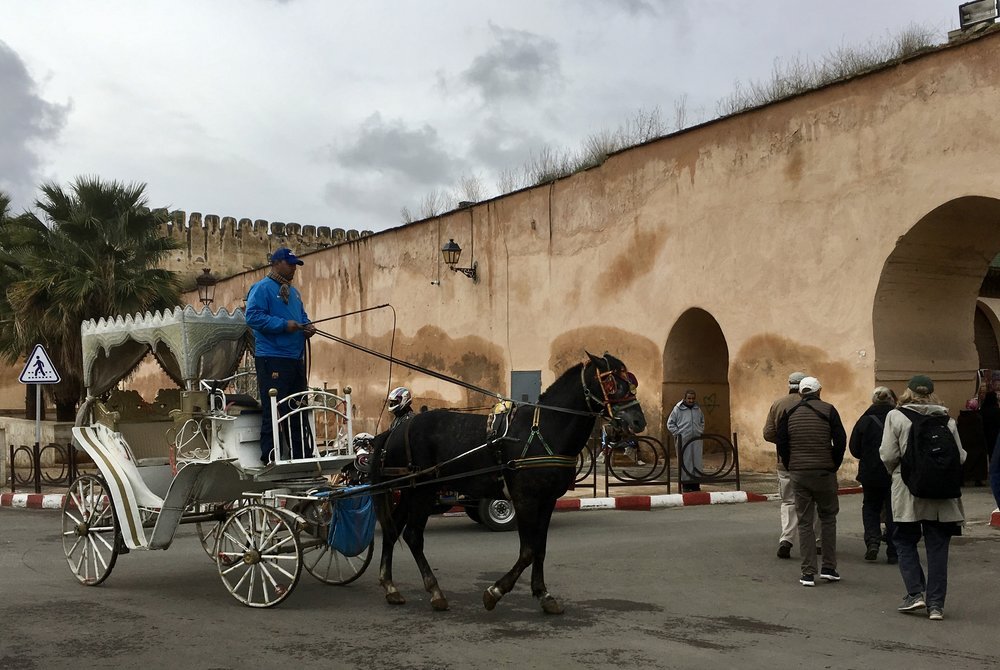

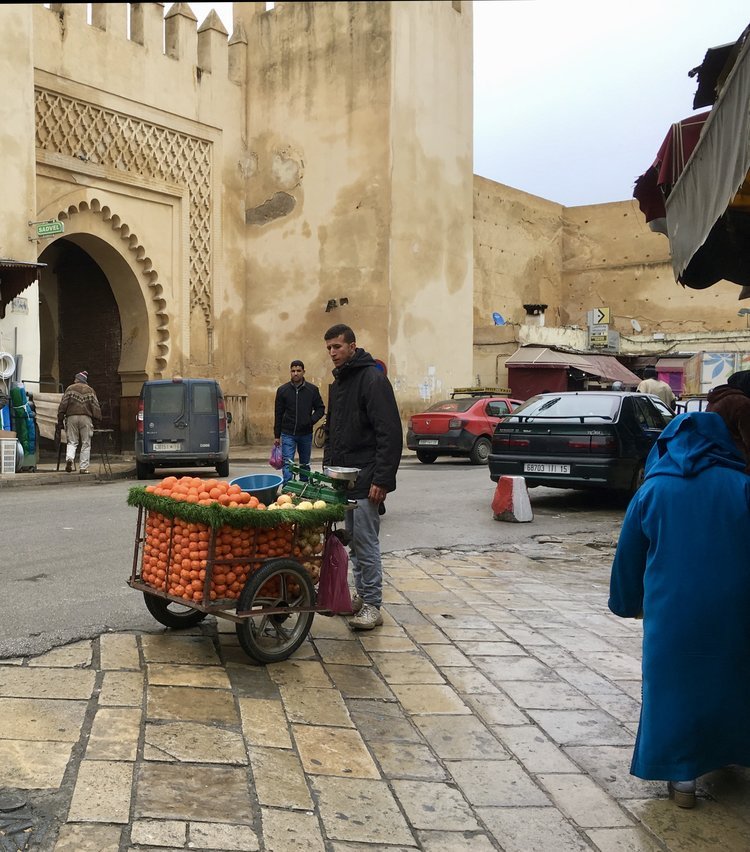








































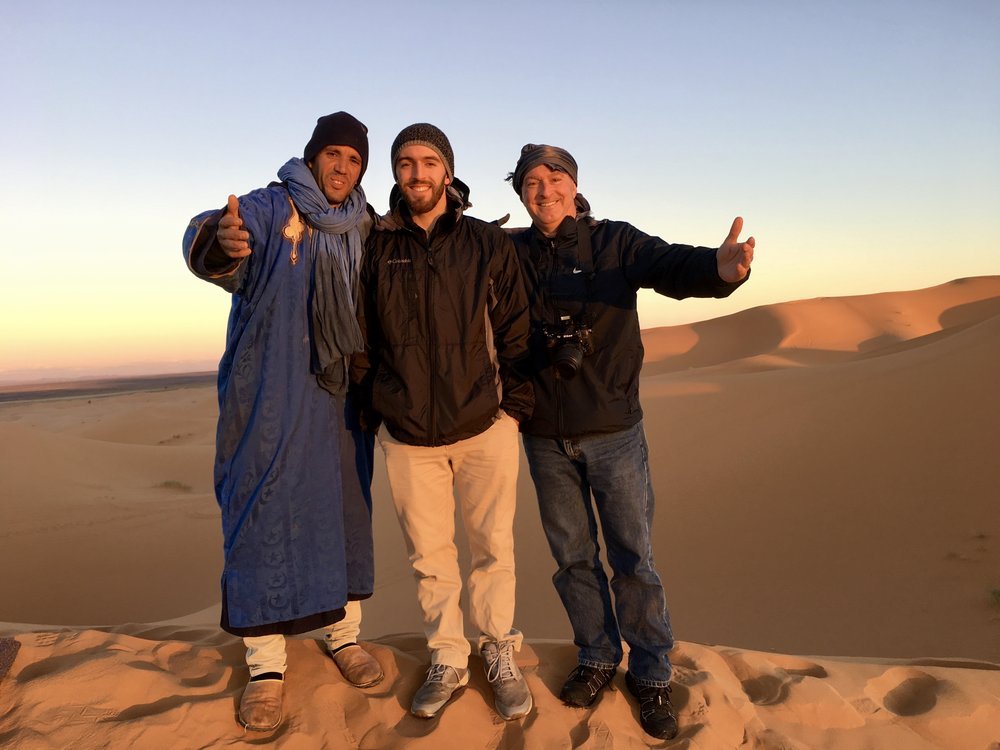
References/sources: Wikipedia.org, Moroccopedia.comNo copyright infringement is intended on this website by travelwildnow.com